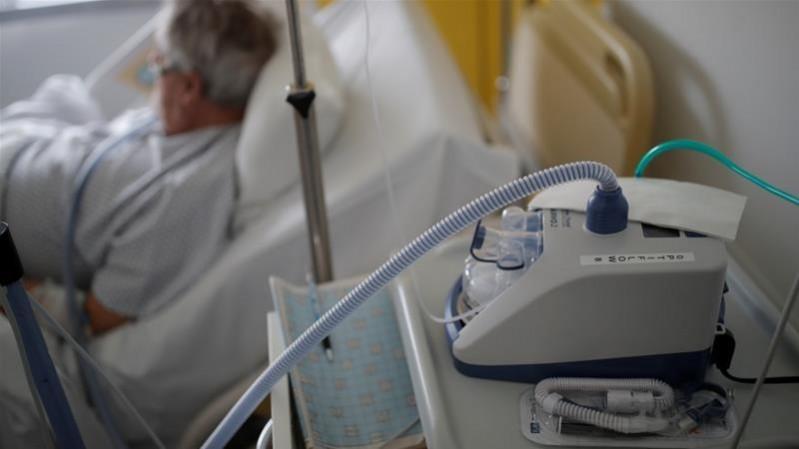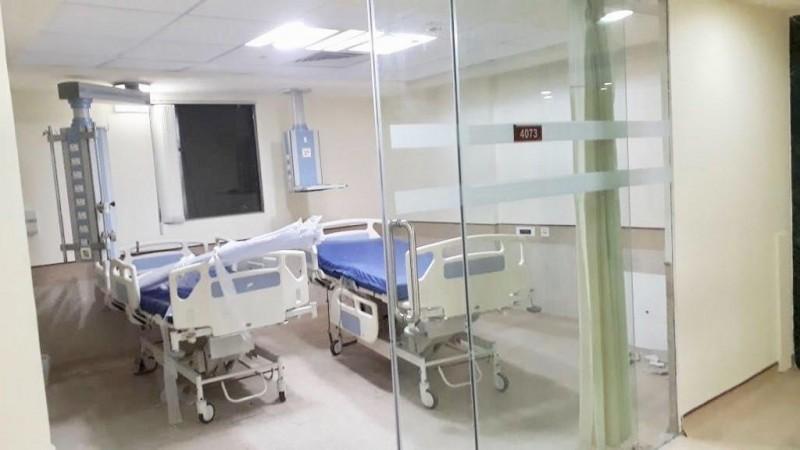Coronavirus outbreak has already taken more than 40,000 live globally with around 8.24 lakhs still affected. Out of all 8.24 lakh, approximately 1.74 lakh patients have recovered. Doctors and other medical staff across the globe have done a commendable job in fighting against COVID-19. But the health systems across the world are overwhelmed with new cases increasing daily.
One of the most imperative in the fight against COVID-19 is Ventilators. Nations across the world are giving orders to procure Ventilators as it has become a lifesaving machine. The Indian government has also ordered 42,000 ventilators to fight cases of an emergency. Let's explain what ventilators are and how it works.

Ventilators: Live saving device
As per the World Health Organization (WHO), 80 percent of the people affecting COVID-19 do not require extensive care. But one in six patients with an underlying health condition and low immunity may get severely sick. In the case of COVID-19, due to acute pneumonia, a patient is unable to breathe properly. So in simpler terms, a ventilator works as an artificial lung when COVID-19 or any other disease causes lungs to fail which gives a patient crucial time to fight off the infection and recover.

How does it work?
The three most critical parts of ventilators are a ventilator unit, two ducts, and one humidifier. One for the inlet of oxygen and another for an outlet of Carbon dioxide from the body. An extension of the duct (endotracheal tube) is inserted into the trachea (the duct which helps us breathe). The Ventilator unit contains an air pressure system and controls which supplies oxygen thorough inlet duct. The function of the Humidifier is to match air to body temperature and add moisture in the oxygen. This is a form of invasive ventilation another type is called non-evasive ventilation where the duct is not inserted inside a patient's trachea. Here, a face mask is fitted over nose and mouth and there is no way for air tubes.

















